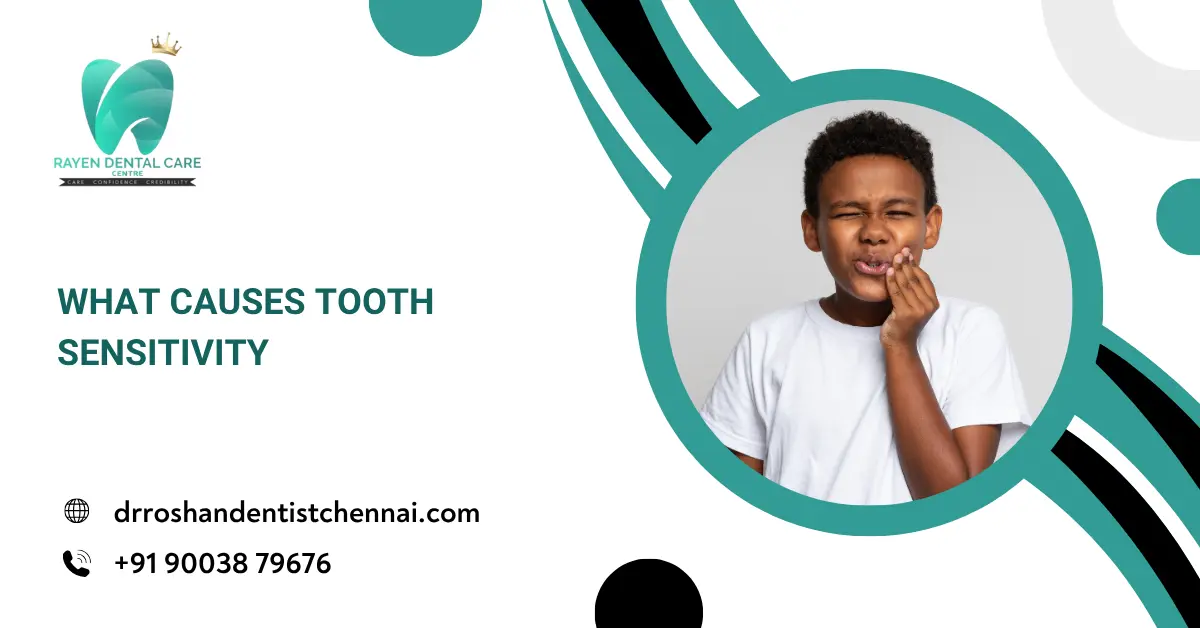Underbite & overbite Correction are common forms of dental malocclusion that involve improper alignment of the upper and lower jaws. An underbite causes the lower jaw to protrude beyond the upper, while an overbite results in the upper jaw significantly overlapping the lower one. These conditions may stem from genetics, prolonged childhood habits, or discrepancies in jaw development. Though they may seem cosmetic at first glance, these issues can have serious implications for oral health, affecting everything from speech and chewing to breathing and facial structure.
Correcting these misalignments is essential not only for achieving balanced aesthetics but also for preventing complications such as temporomandibular joint disorders, uneven tooth wear, and digestive inefficiency. Modern dentistry offers a variety of solutions, ranging from non-invasive orthodontics to surgical interventions, depending on the severity of the case. Early diagnosis and a personalized treatment plan are key to restoring proper function and enhancing quality of life.
Underbite Correction Solutions
Underbite correction is aimed at addressing the forward position of the lower jaw relative to the upper jaw. Left untreated, it can lead to significant dental wear, speech impairment, and facial imbalances. Early treatment in children can significantly reduce the need for surgical correction in adulthood.
- Braces and Clear Aligners: These are the most common tools used to correct dental misalignments. Braces apply gentle, continuous force to reposition teeth and influence jaw alignment over time. Clear aligners offer a more aesthetic alternative and are ideal for mild to moderate cases.
- Jaw Growth Modification Devices: Used primarily in growing children, these orthopedic appliances help redirect jaw development. Reverse-pull headgear and chin cups encourage the upper jaw to grow while restraining forward growth of the lower jaw, improving skeletal relationships.
- Orthognathic Surgery: In cases where the jaw discrepancy is skeletal and cannot be corrected through orthodontics alone, surgery may be required. The procedure repositions the lower jaw to align with the upper, often combined with braces to ensure precision in bite correction.
Treating underbites effectively enhances jaw function, relieves joint stress, and restores natural facial aesthetics, significantly improving long-term oral health.
Overbite Correction Treatment
An overbite occurs when the upper front teeth extend too far over the lower front teeth. While slight overbites are common, more severe cases can lead to facial imbalance, tooth wear, and jaw pain. Correcting an overbite early can help reduce complications in adulthood and ensure proper oral function.
- Traditional Braces or Clear Aligners: These devices are effective in gradually moving the upper and lower teeth into a balanced relationship. In severe cases, elastics may be added to the system to guide the jaw and align the bite more precisely.
- Functional Appliances: Tools such as the Herbst appliance or twin block systems are designed to reposition the jaw in growing children. These devices correct deep overbites by encouraging forward growth of the lower jaw and repositioning the upper teeth.
- Surgical Correction in Adults: When orthodontic methods alone are insufficient, corrective jaw surgery is recommended. This involves advancing the lower jaw or repositioning the upper jaw, depending on the specific imbalance, to bring the teeth and facial structures into proper harmony.
Correcting an overbite is more than an aesthetic fix—it is a pathway to improved speech, chewing function, and overall jaw health.
Jaw Misalignment Correction
Jaw misalignment, also known as skeletal malocclusion, refers to an improper relationship between the upper and lower jaws. This condition may result in difficulty biting or chewing, jaw pain, and a visibly asymmetrical face. Effective correction restores both functionality and balance to the facial structure.
- Orthodontic Realignment: When jaw discrepancies are mild to moderate, orthodontics can be used to guide the growth and positioning of the jaws. Braces, along with elastics, help reposition the teeth in a way that complements the underlying bone structure.
- Orthopedic Appliances for Growth Control: For children and adolescents, appliances such as headgear or face masks can be applied to encourage or limit jaw development. These treatments are most effective before the jawbones fully mature, helping to minimize the need for surgery later.
- Surgical Realignment: In adult patients or severe cases, orthognathic surgery is used to reposition the jaws. This procedure corrects underlying skeletal deformities and aligns the bite, often producing dramatic improvements in both appearance and function.
Correcting jaw misalignment enhances not only the aesthetic appeal but also allows for a comfortable and healthy bite, minimizing the risk of long-term dental and muscular complications.
Bite Adjustment Procedures
Bite adjustment procedures are focused treatments aimed at correcting the way teeth meet when the jaws close. A misaligned bite can cause headaches, enamel wear, and even chronic joint pain. Precision in bite contact ensures smoother function and reduces unnecessary strain on the jaw muscles.
- Occlusal Equilibration: This technique involves selectively reshaping specific tooth surfaces to eliminate points of excessive pressure. It’s particularly useful for patients who grind their teeth or experience clicking sounds in the jaw, providing better overall balance in the bite.
- Orthodontic Treatment: Orthodontic systems like braces or aligners are used to reposition teeth so they come together properly. These solutions not only align teeth but also help distribute bite forces evenly, reducing the risk of dental fractures or gum recession.
- Restorative Bite Corrections: In cases involving worn-down or missing teeth, dental crowns, veneers, or bridges can be placed to rebuild proper occlusal height. These treatments are essential for restoring lost bite function and maintaining healthy temporomandibular joint activity.
Bite correction is often an integral part of a broader treatment plan and ensures the success of both cosmetic and functional dental restorations, ultimately enhancing patient comfort and health.
Orthodontic Bite Fix
An orthodontic bite fix addresses irregularities in how the upper and lower teeth meet, which can cause speech problems, chewing difficulties, and accelerated tooth wear. Modern orthodontics provides several advanced options to correct bite problems efficiently and discreetly.
- Traditional Braces: Braces use brackets and archwires to move teeth gradually into better alignment. For bite correction, they can be combined with rubber bands or springs to adjust jaw positioning and achieve an even bite relationship over time.
- Clear Aligner Systems: Invisalign and similar technologies offer a removable and nearly invisible alternative to braces. These aligners are custom-designed for each patient and work in incremental stages to align the teeth and correct overbite, underbite, and other bite issues.
- Bite-Specific Appliances: Appliances like bite plates or positioners are often integrated into orthodontic care. These tools help reposition the jaw or restrict certain tooth movements, ensuring that the bite aligns perfectly once the teeth are straightened.
An orthodontic bite fix is not just about appearance—it ensures long-term oral stability and function. Proper alignment helps prevent jaw disorders and improves the longevity of dental restorations, supporting a lifetime of healthy smiles.
Conclusion
Correcting an underbite or overbite goes beyond achieving a visually pleasing smile—it’s a fundamental step toward long-term oral health and overall well-being. When left untreated, these conditions can contribute to numerous complications including jaw strain, tooth damage, and functional limitations in speech and chewing. By addressing jaw and bite misalignment early, patients can benefit from more comfortable jaw function, improved aesthetics, and reduced need for complex interventions later in life.
At Rayen’s Dental Clinic, we specialize in delivering precise, personalized solutions for bite and jaw correction. Our multidisciplinary team is committed to providing advanced orthodontic and surgical care tailored to individual needs. With state-of-the-art technology and a patient-first approach, we strive to restore harmony between form and function, enabling each individual to enjoy the confidence and comfort of a healthy smile.
Read also: Oral Surgery





